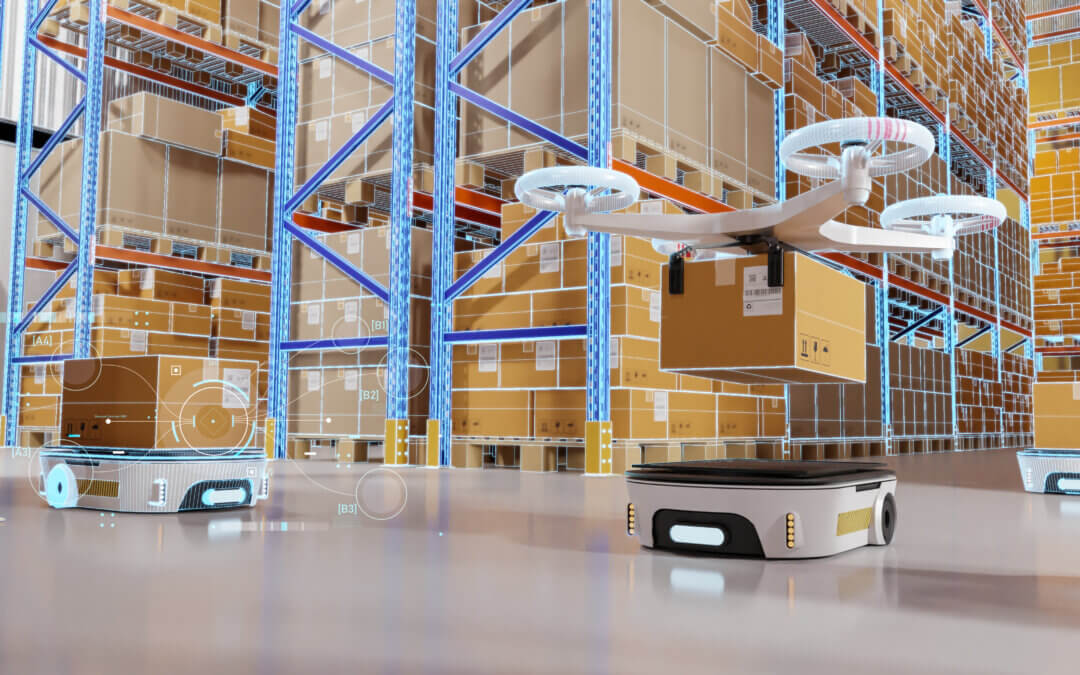Mirragin submission to an inquiry by the Foreign Affairs, Defence and Trade Committee
Importance of a sovereign defence industry:
- Although a sovereign defence industry is essential to ensure self-reliance and strategic independence, it is not feasible to manufacture all defence assets in Australia.
- For example, it would not make sense to manufacture capabilities such as Joint Strike Fighters, entirely in Australia. Indeed, off-the-shelf procurement for large assets such as JSFs and nuclear-powered submarines is appropriate.
- However, the domestic industry should still play a crucial role in component manufacturing, because in full-scale war scenarios, repair and replacement capabilities become critical.
- Building components for these assets locally not only contributes to the growth of the local defence industry but also provides opportunities for highly skilled jobs.
- Rather than forcing Australian industry to pivot to industries less compatible with our population size and ability to produce, Defence should focus on where we do have a comparative advantage: emerging technologies.
- Emerging technology generally involves smaller and more agile items, such as robotics and autonomous systems (RAS). These technologies are relatively inexpensive to develop and adjust to accommodate for Defence needs. In addition, capability gaps and innovation lead times in emerging technology are shorter, allowing for quicker adaptation, innovation, and flexibility, making it more feasible to achieve and maintain sovereign capability.
A sovereign RAS industry is essential for the future needs of the Australian Defence Force:
7. RAS technology offers immense potential for Australia to develop a sovereign industry. It serves as a crucial capability to support large strategic Defence assets but is an essential tactical capability in and of itself.
8. Over the past 18 months, Ukraine has educated the world in the use of low-cost, commercial drones to achieve an asymmetric advantage against a high-tech, militarily advanced global power. Ukraine’s loss of 10,000 drones per month highlights both the initial value and rapid attrition of drone capabilities and RAS more generally.
9. The ability to force generate and then replace large quantities of drones during conflict is pivotal. If supply chains are interdicted, as would be the case for Australia if there was a major conflict in the region, then the generation of the required quantities of drones must occur within our borders. This can only be achieved with through a sovereign RAS industry.
10. By developing a sovereign RAS industry, Australia can enhance its force generation capabilities, maintain operational readiness, and adapt to evolving threats and operational requirements. The ability to produce and replace drones within our borders not only ensures strategic independence but also enables rapid response and operational flexibility in times of conflict or crisis.
Support for the emerging RAS sector to contribute to the sustainability and viability of Australia’s defence industrial capability:
11. Fostering a thriving domestic RAS industry has broader benefits than Defence. It drives innovation in the commercial sector, attracts investment and generates high-value jobs. This ecosystem nurtures a skilled pool of operators, maintainers, and developers. This contributes to a broader STEM workforce and yields long-term productivity benefits.
12. The nascent RAS sector requires additional support, particularly in terms of clear and consistent investment in research and development. Defence plays a vital role in providing the necessary support to nurture and expand the RAS industry.
13. This includes investment in R&D, funding opportunities, and collaborative initiatives with industry partners. By supporting the growth and development of the RAS sector, Defence can ensure a sustainable and vibrant ecosystem that generates high-value jobs and attracts investment.
14. Australia’s nascent drone ecosystem provides a foundation upon which to build a thriving RAS industry. This is evidenced by the growing uptake in registrations of the Australian Drone Ecosystem Directory. However, we will experience challenges as we build a sovereign RAS industry capability. These include the economy of scale given the small market size, high fixed costs, and complexity of tasks. These can be mitigated with clear and consistent funding priorities.
Reforming procurement processes to improve the RAS industry’s capability and capacity:
15. Defence must reform its procurement processes, which were traditionally designed for large assets with multi-decade procurement programs. The rapid pace of RAS technology and its relatively lower cost require procurement processes that can accept a higher level of failure risk.
16. Current procurement barriers disincentivise agile and fast-moving tech-focused small and medium-sized enterprises (SMEs) from entering the industry.
17. Defence should adopt processes that facilitate innovation, collaboration, and faster technology adoption, encouraging the involvement of SMEs in defence projects.
18. To harness the existing RAS and AI industry to its fullest potential, Defence must simplify and integrate its innovation and procurement processes. This will provide industry stakeholders with the necessary assurance that investment in advanced technology, workforce development, scale proven concepts, is commercially viable and will allow sovereign industry to deliver impactful capabilities to end-users.
19. This clarity and assurance is particularly critical for SMEs who are key to achieving sovereign capability. It empowers them to responsibly invest their time and capital to develop the next world-leading RAS capabilities.
20. To avoid the pitfalls associated with sporadic, platform-based procurements, as commonly observed in current defence procurements, a programmatic approach should be adopted. Such an approach shifts the focus from the procurement of specific platforms to the generation of platform-agnostic effects. It involves considering enablers that are necessary for achieving effective capabilities. Such enablers that should be considered include common training, test facilities, or generic data architectures.
21. A programmatic approach supports consistent funding and the progression of technologies to higher readiness levels (TRL).
Collaboration and partnership with SMEs:
22. Collaboration between Defence and SMEs is crucial to drive innovation, problem-solving, and the successful adoption of emerging technologies.
23. Small Australian-owned businesses, including consultancies, bring agility, expertise, and novel approaches to defence projects.
24. There are several examples of small Australian consultancies reinvesting their profits into technology to solve Defence problems.
25. The successful collaboration between Mirragin and the Robotics and Autonomous Systems Coordination Office (RICO) in a mass drone demonstration is a prime example of the outcomes achieved when Defence works closely with industry.
26. SMEs have the motivation and agility to contribute significantly to the defence industry’s capability and capacity.
Conclusion
27. By prioritising the development of a sovereign RAS industry, reforming procurement processes, and fostering collaboration with SMEs, Australia can enhance its defence industry’s capability and capacity. This not only ensures self-reliance and strategic independence but also drives innovation, generates high-value jobs, and positions the country at the forefront of emerging technologies. Mirragin RAS Consulting is committed to driving the implementation of cutting-edge RAS-AI projects in collaboration with Defence, emergency services, and the commercial sector, thereby enhancing capability and improving safety for the nation.

Written by Rob Sutton, Managing Director – Mirragin

